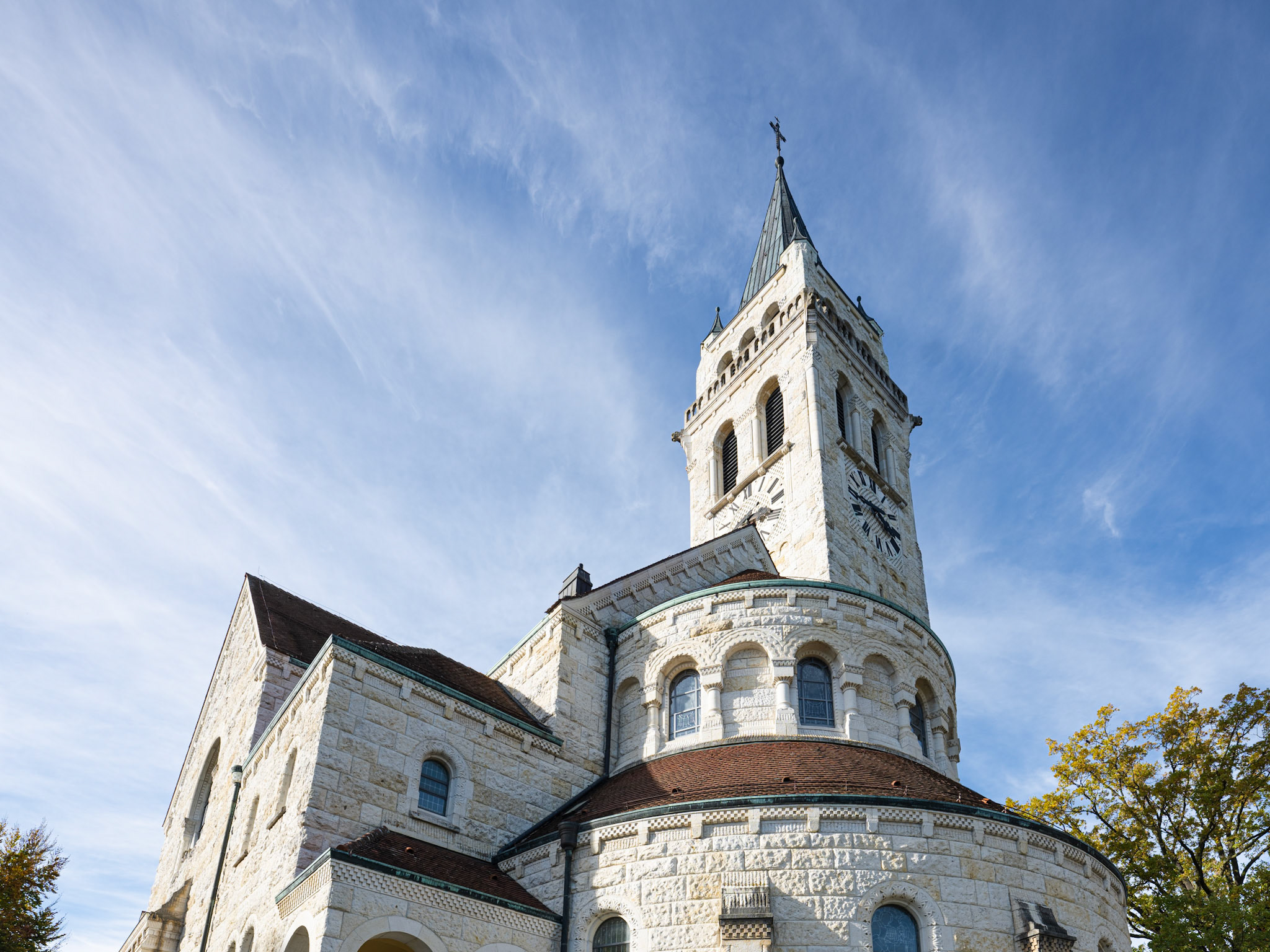
Abbey of Echternach
Echternach
1862 - 1868, 1953

Natural History Museum
London
1873 - 1880

Sankt Johannes der Täufer, Romanshorn
Romanshorn
1911 - 1913